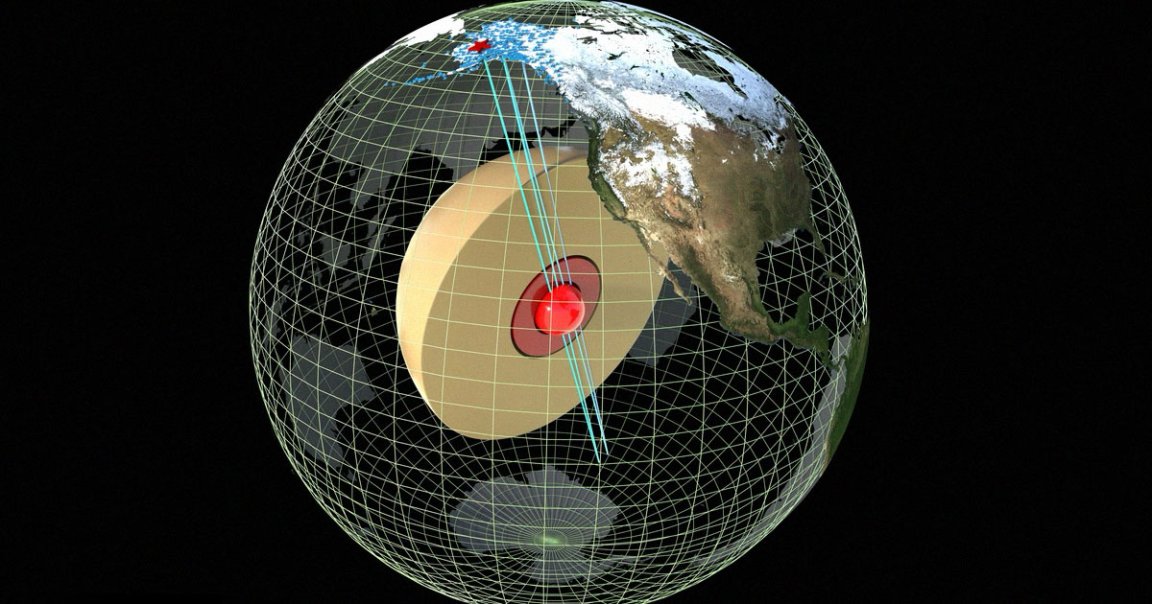
Russian Doll
Researchers have discovered a new, innermost layer nestled inside our planet’s inner core, a 400-miles solid metallic ball that responds to the reverberating shockwaves of earthquakes in an unexpected way.
As detailed in a new paper published this week in the journal Nature Communications, a team of two seismologists from the Australian National University found that the Earth has an “innermost inner core,” which may have been formed following a “significant global event from the past.”
“Clearly, the innermost inner core has something different from the outer layer,” lead author Thanh-Son Pham, a seismologist at the Australian National University, told The Washington Post. “We think that the way the atoms are [packed] in these two regions are slightly different.”
Making a Home
The research could shed light on how our planet evolved billions of years ago and how the Earth’s magnetic field evolved over time, turning out planet from an inhospitable rock into a livable home.
“Studying Earth’s center is not just a topic of academic curiosity, but something that sheds light on the very evolution of life on our planet’s surface,” the pair of researchers write in a piece for The Conversation.
That’s because, in simple terms, convection currents from deep below the surface generate the Earth’s geomagnetic field, which in turn, “protects life on Earth from harmful cosmic radiation,” they explained.
While this innermost core is still made up of the same stuff as the rest of the inner core, it has different properties that determine how fast seismic waves travel through it, depending on the direction of travel, a phenomenon known as “anisotropy.”
The Earth’s seismic waves have already been observed to move fastest when parallel to our planet’s spin. But puzzlingly, that’s not the case for this newly discovered innermost inner core, the researchers found, suggesting these waves travel faster at a different angle.
The researchers suggest a “significant global event,” such as a massive tectonic shift hundreds of millions of years ago, may have formed this metallic ball.
And considering it may be what allowed life to thrive on Earth, it’s a vital piece of the puzzle and a fascinating glimpse into the ancient history of our planet.
READ MORE: Scientists have discovered a new core at the center of the Earth [The Washington Post]
More on the inner core: Scientists Claim Earth’s Core Is a Weird New State of Matter